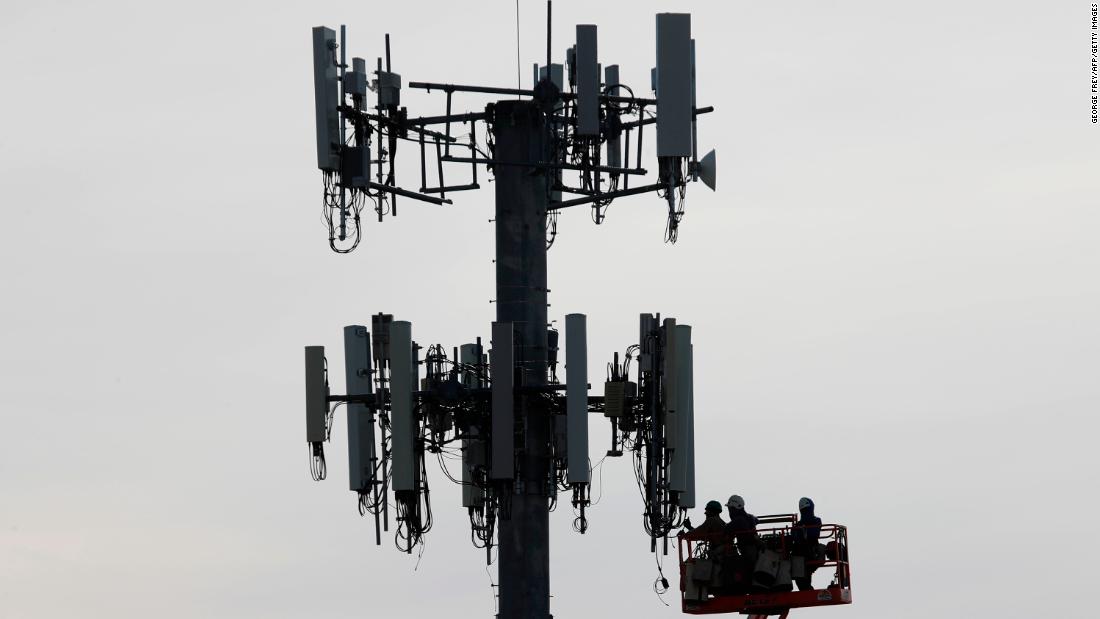What is the safest distance from your 5G cell Tower?

If you've ever walked through a town, you may have seen tiny 5G cell towers placed on poles for street lighting. They look like little boxes however they're actually sending wireless signals from mobile providers to your mobile.
They are replacing larger, purpose-built cell towers. While what is a safe distance from a cell tower but they can still cause problems for people.
safe distance to live from cell phone tower is the of the FCC's Radiation Exposure Thresholds
The FCC's Radiation Exposure Thresholds determine the safe distance that an individual can be exposed to electromagnetic energy generated by wireless devices. The limits for exposure are based upon scientific research that prove that electromagnetic energy can be harmful to health.
The absorption rate specific (SAR) is an indicator of the radiofrequency energy taken up by tissues. safe distance to live from cell phone tower 's usually 1.6 milliwatts per kilogram averaged over one gram of tissue.
However, because 5g transmits at higher frequencies and has the potential to increase the intensity of energy on the skin and other exposed body areas. This could lead to a wide range of possible harms, such as an increase in formation of skin disorders like dermatitis, cataracts, and skin cancer.
Due to the possible negative effects of 5G radiation, PSU has chosen to set a general localized power density limit of 4 mW/cm2 based on the average on 1cm2, but not to exceed 30 minutes, for all 5G services running at 3000 GHz. This limit for localization is in line with the highest SAR spatial-average of 1.6 W/kg, which is averaged over 1 g of tissue at 6 GHz.
The FCC's Maximum Exposure Thresholds
If you've ever operated a cell phone, you probably know that a safe distance from the tower is at least 400 meters away. This is because the transmitting power of cell towers increases drastically the farther you are from it.
While it sounds like an ideal idea however, people living in close proximity to towers might be more susceptible to health problems. For instance, a 2014 study in India discovered that those living within 50 meters of cell towers had much more health problems than those who were away from the antennas.
However, this study also revealed that those who relocated into areas farther away from the cell towers saw their symptoms return to normal within a couple of days. Other studies have revealed that exposure to high frequencies of radiofrequency electromagnetic fields (EMFs) can lead to brain tumors, cancers, and other health problems.
This is because RF radiation, which is utilized in wireless communications, may be absorbed by the body's outer layer, the skin. It is crucial to know since the skin functions as a protective barrier against injuries caused by mechanical forces, infections by pathogenic microorganisms, and entry of toxic substances. Additionally, it is the most important organ in the human body and is responsible for protecting other organs.
The FCC's Minimum Exposure Thresholds
The FCC's Minimum Exposition Thresholds depend on several assumptions that are not supported by evidence from science. This includes the false assumption that exposures to RF radiation are safe due to minimal penetration into the body (i.e. thermal heating of tissue).

The assumption is also ignoring the more extensive penetration of ELF parts of modulated RF signals as well as the effects on the body of short bursts from pulsed RF waves. These theories are not compatible with current understanding of the biological effects of RF radiation, and thus, they should not be considered for health protection exposure guidelines.
Additionally, the ICNIRP and FCC are limiting their maximum limit of exposure to the local SARs that are based on the peak frequency of absorption (psSAR), which can be described as an inadequate dosimetric tool to determine the degree of radiation exposure. In particular the psSAR tool is not accurate for frequencies above 6 GHz. Furthermore, psSAR has not been evaluated for RF radiation with co-exposure to other environmental agents , such like sunlight. In the event of interactions, RF radiations with different environmental agents could result in antagonistic or synergistic results. This would result in an increased risk of adverse health consequences. For instance, exposure to RF radiation along with exposure to sunlight can increase the risk of developing skin cancer, and may also exacerbate other skin diseases such as acne.
